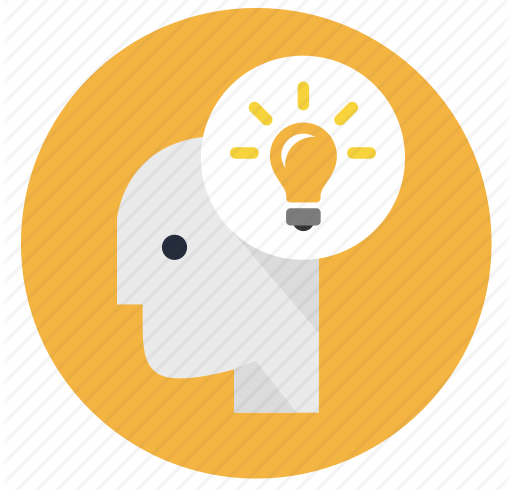For centuries, tarot mysticsense website card cards have astounded individuals with their mystical attraction and enigmatic significance. Typically related to fortune-telling and prophecy, tarot card decks have an abundant history going back to the 15th century. In spite of their beginnings in playing card video games, tarot card cards have actually evolved into a powerful tool for self-reflection, support, and spiritual growth.
The Beginnings of Tarot
The origin of tarot cards is shrouded in secret, with some historians mapping their roots back to old Egypt or China. Nonetheless, the modern-day tarot deck as we understand it today originated in Europe during the Renaissance duration. The earliest recognized tarot card deck, the Visconti-Sforza deck, was produced in the 15th century in Italy.
Originally utilized for playing video games like tarocchini, tarot card cards gradually got popularity as a device for prophecy and spiritual exploration. The iconic images on tarot card cards, consisting of symbols like the Fool, the High Priestess, and the Chariot, hold deep symbolic meaning that can be interpreted in various ways.
Today, tarot decks come in a variety of designs and designs, each with its special analysis of the standard tarot card archetypes. From the traditional Rider-Waite-Smith deck to contemporary decks influenced by dream, folklore, or popular culture, there is a tarot card deck for every single taste and choice.
- The Rider-Waite-Smith deck: This renowned tarot card deck, created by illustrator Pamela Colman Smith and sorcerer A. E. Waite in 1909, remains one of the most popular and extensively used tarot card decks today.
- The Thoth Tarot card deck: Designed by Aleister Crowley and Woman Frieda Harris in the 1940s, this deck integrates Crowley’s esoteric teachings and symbolism into the typical tarot structure.
- Bush Unidentified Tarot deck: Created by musician Kim Krans, this modern deck attributes minimal and nature-inspired imagery that resonates with contemporary applicants.
Just How Tarot Works
In contrast to common belief, tarot card cards do not anticipate the future with certainty. Instead, tarot card analyses provide a peek into today minute, giving understandings, assistance, and clarity on a specific situation or concern. The cards function as a mirror, reflecting the inner thoughts, emotions, and powers of the querent (the individual obtaining the reading).
Throughout a tarot analysis, the viewers shuffles the cards and lays them out in a spread, such as the Celtic Cross or the Three-Card Spread. Each card in the spread stands for a different aspect of the querent’s life, such as love, occupation, or spiritual development. The viewers translates the cards’ meaning and just how they connect to the querent’s inquiry or intent.
Ultimately, the power of tarot hinges on its capacity to spark self-questioning, self-awareness, and individual development. By engaging with the archetypal images and significance of the cards, individuals can use their subconscious mind, discover surprise facts, and obtain brand-new point of views on life’s difficulties and possibilities.
Tarot and Spirituality
While tarot is often connected with fortune-telling and prophecy, its true essence hinges on its spiritual and mental significance. The tarot card cards work as a mirror of the spirit, showing the internal journey of self-discovery, recovery, and transformation.
- The Significant Arcana: The 22 cards of the Major Arcana stand for major life styles and spiritual lessons, such as the Fool’s trip of self-discovery, the High Priestess’s intuition and inner wisdom, and the Globe’s conclusion and fulfillment.
- The Minor Arcana: The 56 cards of the Minor Arcana mirror everyday experiences, obstacles, and opportunities in the querent’s life, divided right into 4 fits– Sticks, Cups, Swords, and Pentacles– that correspond to the aspects of fire, water, air, and planet.
- The Court Cards: The Court Cards represent various individualities and roles in the querent’s life, such as the King of Wands, the Queen of Mugs, the Knight of Swords, and the Page of Pentacles.
Exactly How to Read Tarot Card Cards
Reviewing tarot cards is a skill that calls for method, intuition, and a deep understanding of the cards’ significance and significances. While there are countless means to interpret tarot cards, here are some standard actions to help you start:
1. Choose a Tarot Deck:
Choose a tarot deck that resonates with you and speaks to your intuition. Spend time getting to know the cards, their imagery, and meaning prior to diving into analyses.
2. Clean and Mix the Cards:
Before a reading, take a minute to cleanse your tarot deck of any unfavorable energies and shuffle the cards thoroughly. You can likewise ask a concern or set an intent for the reading.
3. Lay Out the Cards:
Select a tarot card spread that suits your question or objective, such as the Past-Present-Future spread or the Partnership spread. Outline the cards in the chosen spread pattern.
4. Translate the Cards:
Take a look at each card in the spread and consider its imagery, symbolism, and setting in connection with the other cards. Depend on your instinct and inner guidance to translate the cards’ messages and insights.
5. Reflect and Journal:
After the reading, require time to mystic sense reviews reflect on the cards’ significances and just how they reverberate with your life. Journaling concerning your tarot card analyses can assist you track your development, understandings, and growth over time.
